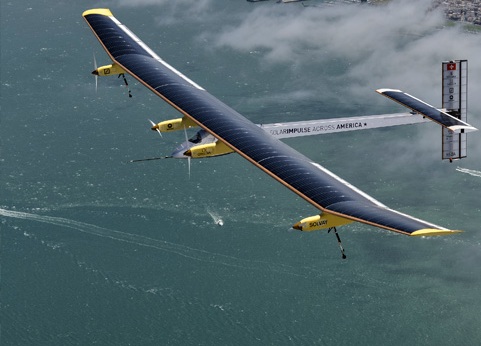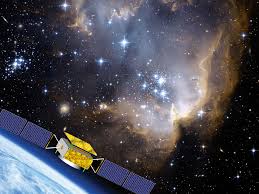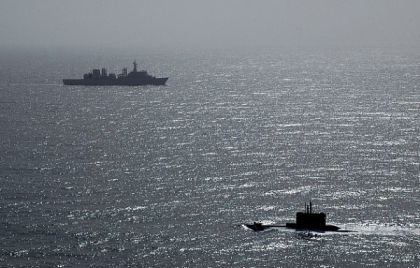
NANJING (AFP): The revolutionary Solar Impulse 2 aircraft took off Sunday for a six-day, six-night flight over the Pacific Ocean, the most ambitious leg of its quest to circumnavigate the globe powered only by the Sun.
Pilot Andre Borschberg, 62, left the ground in Nanjing, in eastern China, heading for the US island of Hawaii, at about 2:40 am (1840 GMT), after extended delays awaiting a suitable weather window over safety concerns.
Lit by white lights on its wings, the plane rolled down the runway before climbing into a misty sky with its four whirling propellers nearly silent.
Ground crew members cheered as it took off.
The 8,500 kilometre flight could set a record for duration by a single pilot, organisers said.
"I cross my fingers and I hope to cross the Pacific," Borschberg told reporters just hours before the take-off.
"We have a good weather window, which means we have a stable corridor to reach Hawaii," he said, shortly before climbing into the cockpit to test the instruments.
The current flight plan saw no threat from typhoons, a typical weather threat in Asia.
"I'm really confident we should be able to get through and find the right way," he said.
It is the seventh and longest section of the maiden solar-powered global circumnavigation, an attempt to promote green energy.
The journey began in Abu Dhabi in March and is scheduled for 12 legs, with a total flight time of around 25 days.
Nonetheless Solar Impulse 2 spent two months in China after arriving at Chongqing airport from Myanmar on March 31, where it had been due to make only a brief stop before continuing to Nanjing but was held up for weeks by weather issues.
After more than eight hours in the air, the plan was over the East China Sea and Borschberg could be heard discussing light turbulence along the upcoming journey with the Solar Impulse team.
"For the Pacific, I need to be ready for the unknown," Borschberg tweeted before takeoff.
"I'm not sure how Si2 will behave over so many days and nights," he added, referring to an abbreviation for the plane, Solar Impulse 2.
Each day on the Pacific voyage, Borschberg will experience altitudes of 28,000 feet, akin to the world's highest peak, and temperature changes of 55 degrees Celsius (almost 100 Fahrenheit) in the unpressurised, unheated Solar Impulse 2 cockpit.
At the same time he will only be able to catch the shortest of naps -- his seat doubles as a bed -- given the need to check the autopilot.
 Previous Article
Previous Article Next Article
Next Article













The Indian Air Force, in its flight trials evaluation report submitted before the Defence Ministry l..
view articleAn insight into the Medium Multi-Role Combat Aircraft competition...
view articleSky enthusiasts can now spot the International Space Station (ISS) commanded by Indian-American astr..
view article